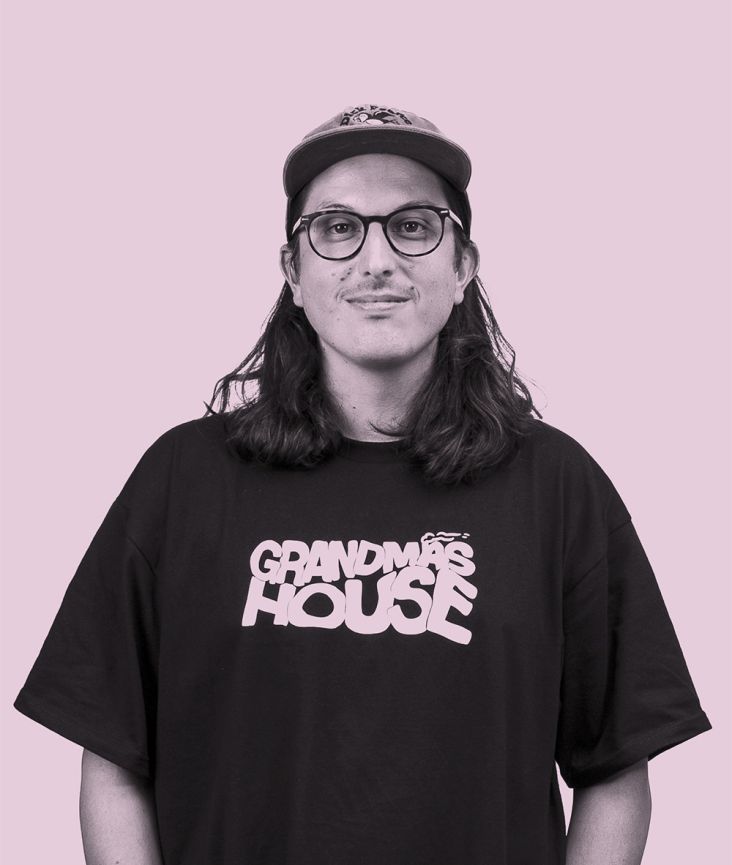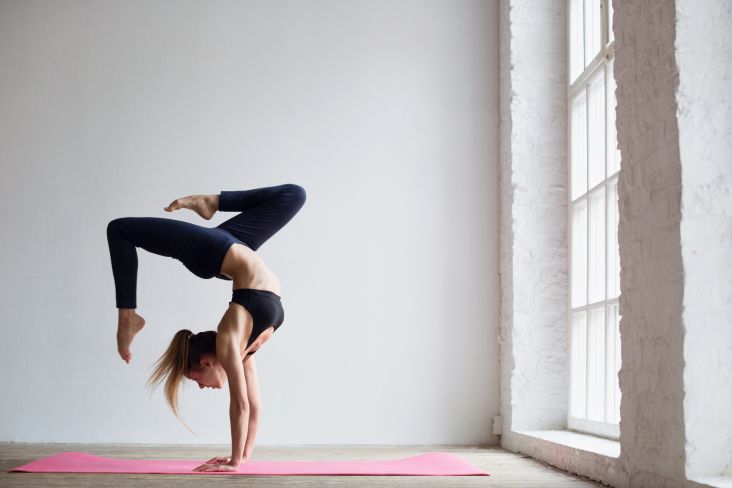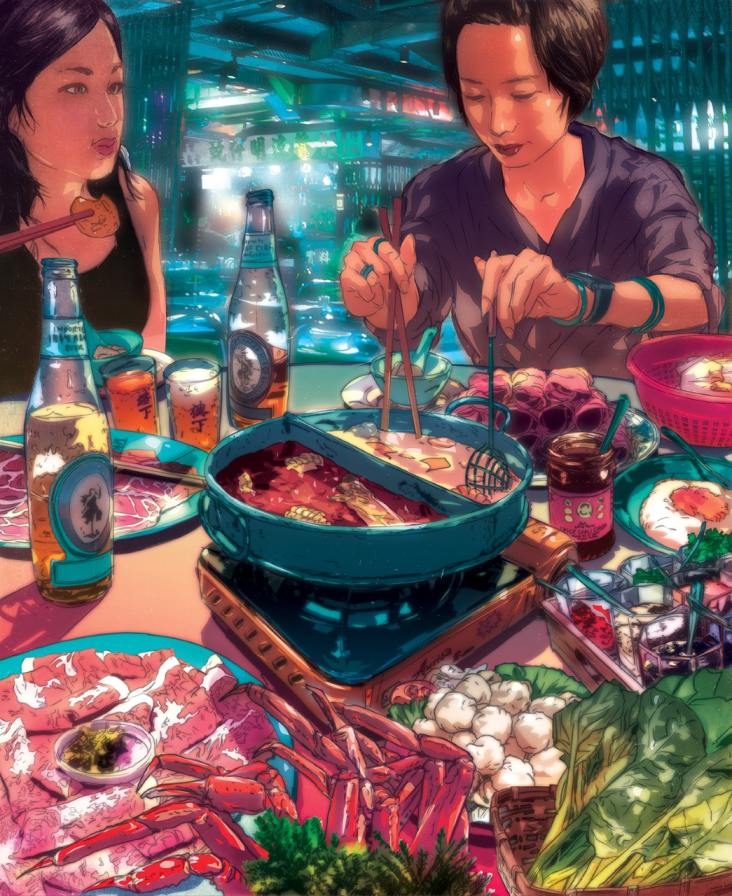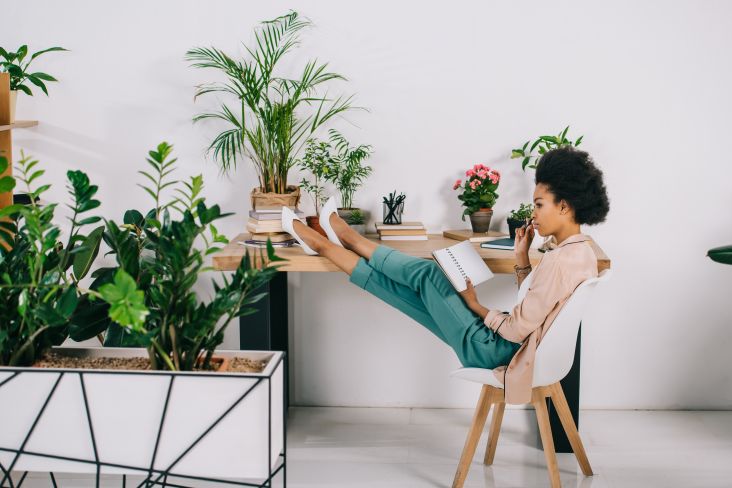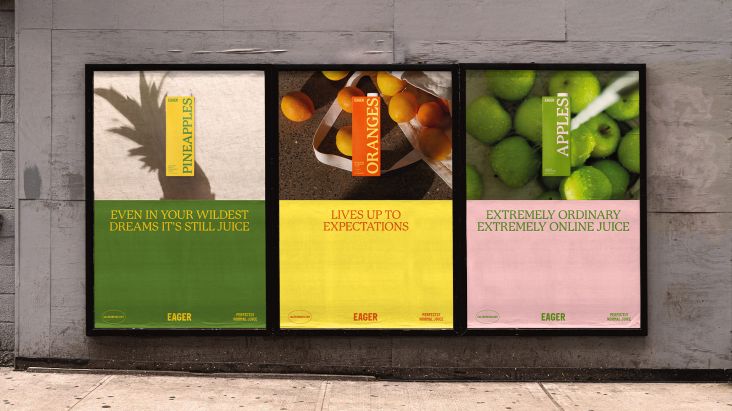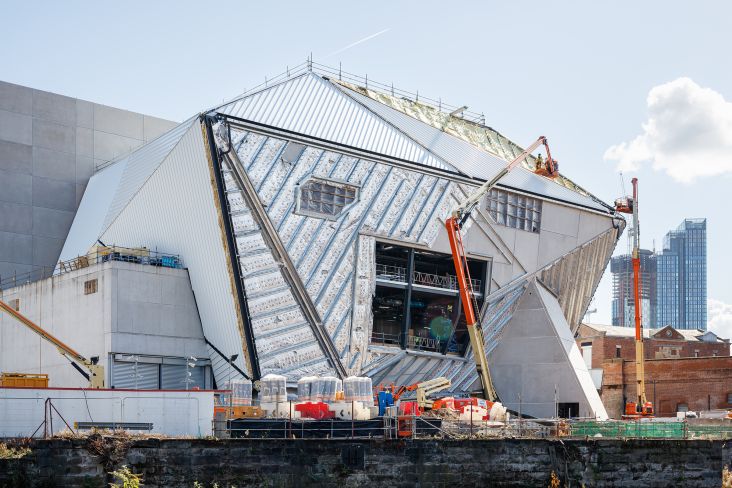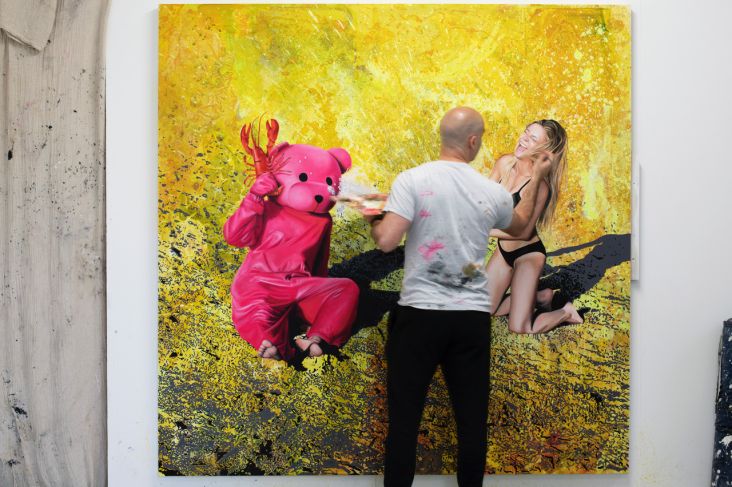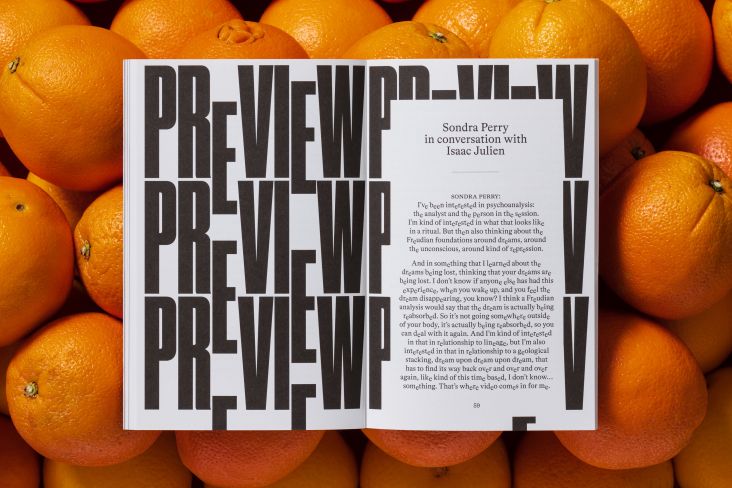Jessica Walsh on using DALLE to rebrand nuclear power as a force for good
&Walsh has been using AI art generation to help Brazilian model and influencer Isodope promote nuclear power. We chat with founder Jessica Walsh about her passion for the project and why creatives shouldn't hate on DALLE.
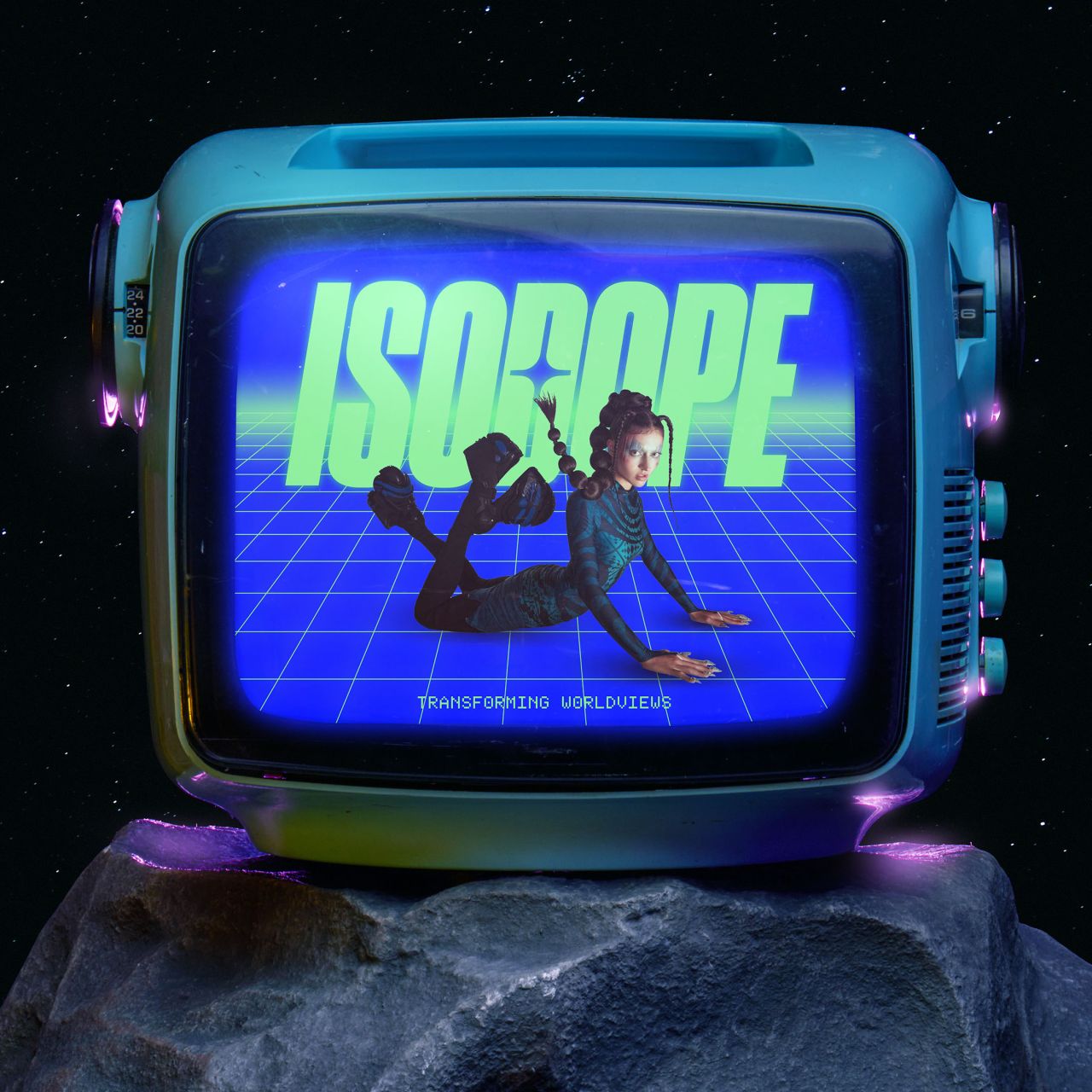
The spike in energy costs resulting from Russia's invasion of Ukraine has focused our attention on what we've already known for some time. Namely, in order to address the climate crisis, we need to make some hard decisions on how we generate energy.
The IPCC (Intergovernmental Panel on Climate Change) has consistently recommended that carbon-free nuclear power needs to be part of our future energy mix. But given that the modern environmental movement was largely born out of the anti-nuclear protests that followed the 1986 Chernobyl disaster, that's been a bitter pill for many to swallow.
One of the more unusual contributions to the debate has come from Isodope, an online persona created by Isabelle Boemeke, a 30-year-old model from Brazil. She's been getting attention through her TikToks, in which she explains the importance of keeping nuclear power plants open. Now she's teamed up with New York design studio &Walsh to work on a brand refresh, a new website, and an extended asset library.
The branding and art direction were designed around the concept of creating "a school in another dimension." The idea is to create a classroom from the future that makes people feel a sense of urgency and inspiration. The goal is to use Isodope's otherworldly persona and art direction to capture people's attention on TikTok and get them to watch the videos.
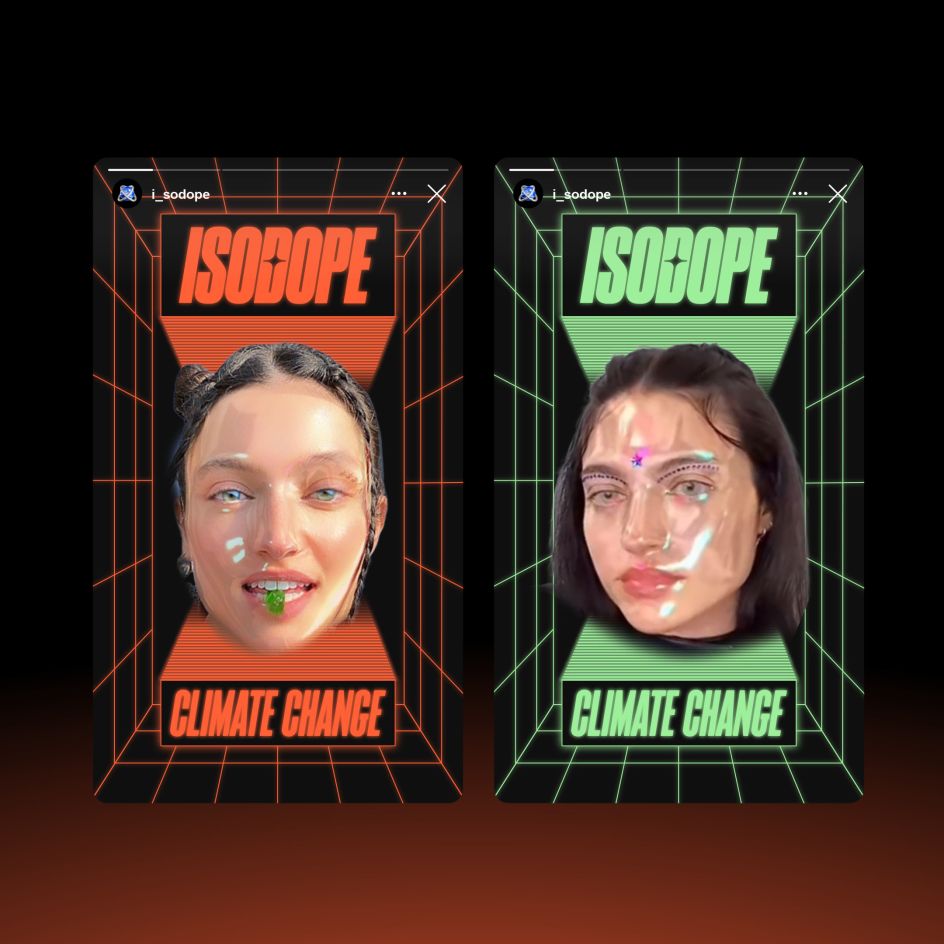
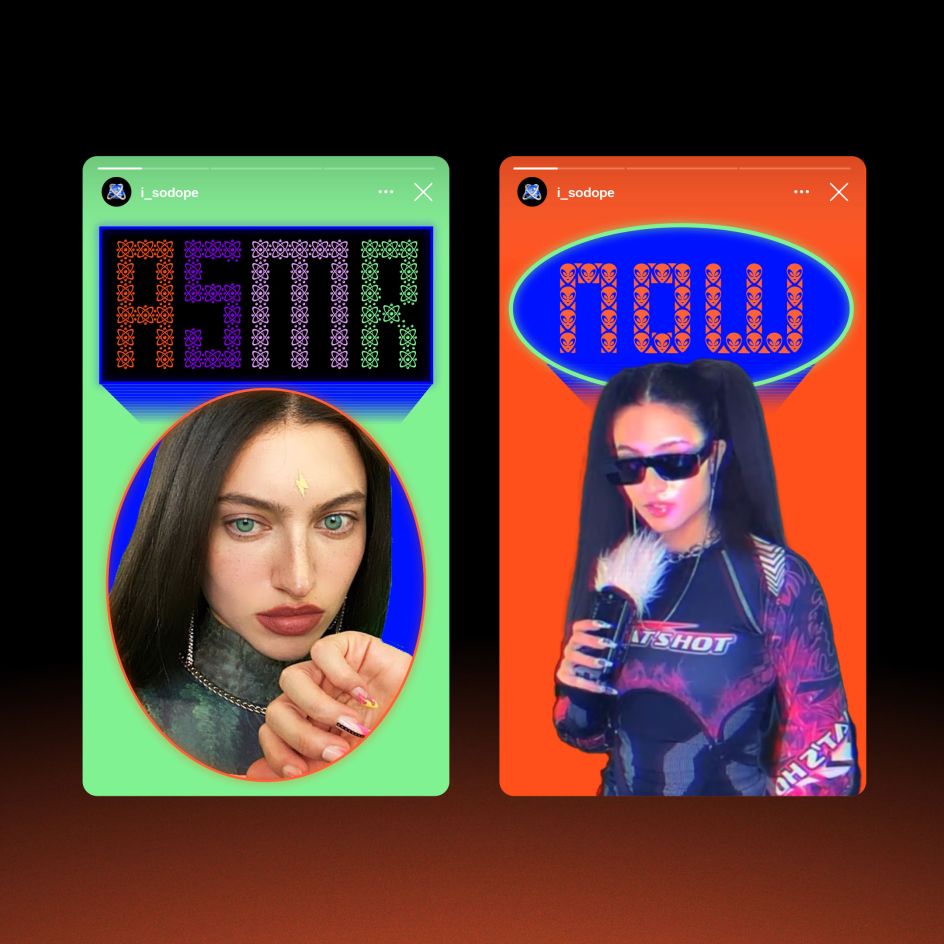
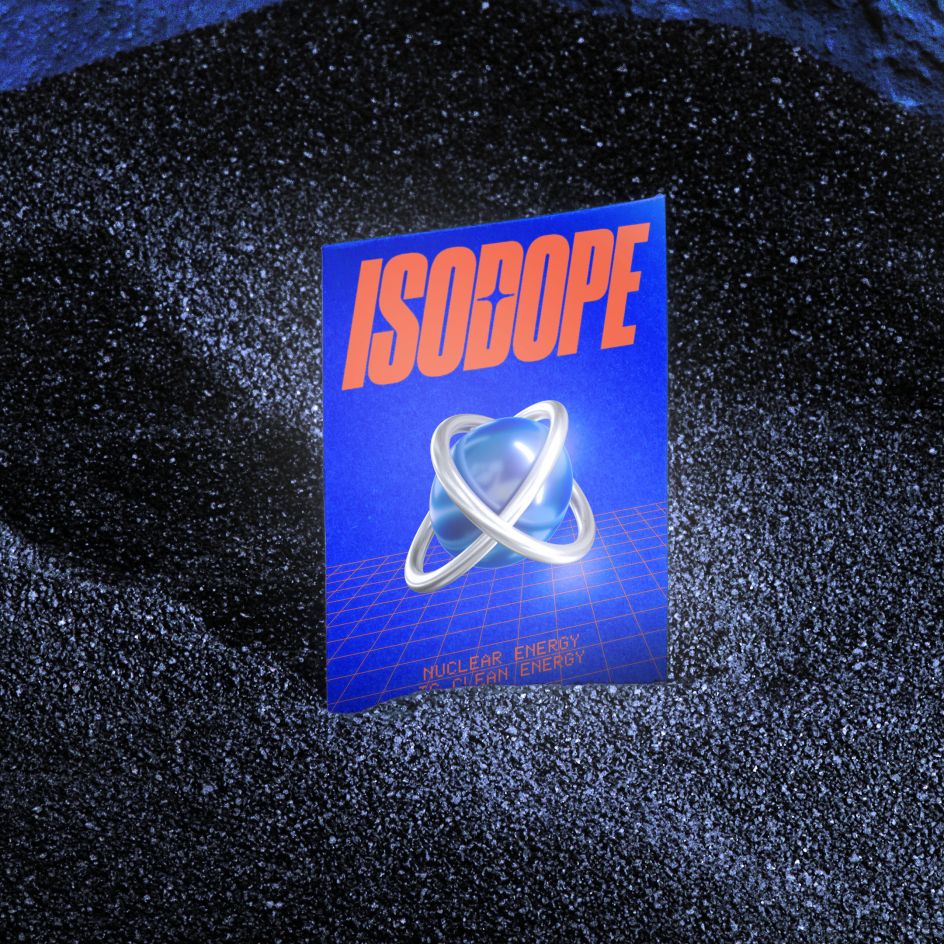
As this project leans heavily into future-forward worlds, &Walsh enlisted the creative help of artificial Intelligence DALLE to create the branding, including photography backgrounds, case study imagery, iconography and typography.
The agency has also designed a one-pager website and is currently working with Isodope on developing a larger website, which will launch in early 2023.
Speaking to Creative Boom, founder Jessica Walsh explains why they took the project on. "It's important to note that the Isodope project is not paid for, sponsored by, or affiliated with the nuclear industry or any company," she points out. "Isabelle Boemeke is an incredible woman dedicating immense time and personal resources towards public education in a radical way, and I'd urge everyone to check out her TED talk."
But what's even more controversial than nuclear power, amongst some creatives at least, is DALLE and AI art in general. So we were intrigued to dig deeper into how &Walsh uses it on the project and how they see this new tech slotting into the future of the design profession.
Harnessing AI
If you're unfamiliar with DALLE, our guide offers a good primer. But in a nutshell, it can generate original images entirely from text prompts (for example, you could ask it to paint 'Gwyneth Paltrow playing tennis against an aardvark' in the style of Picasso). On the Isodope project, Jessica worked with two other designers on her team, Lucas Luz and Cris Giménez, to lead the Dall-E prompts and image making. And they've all become enthusiastic proponents of the new tech.
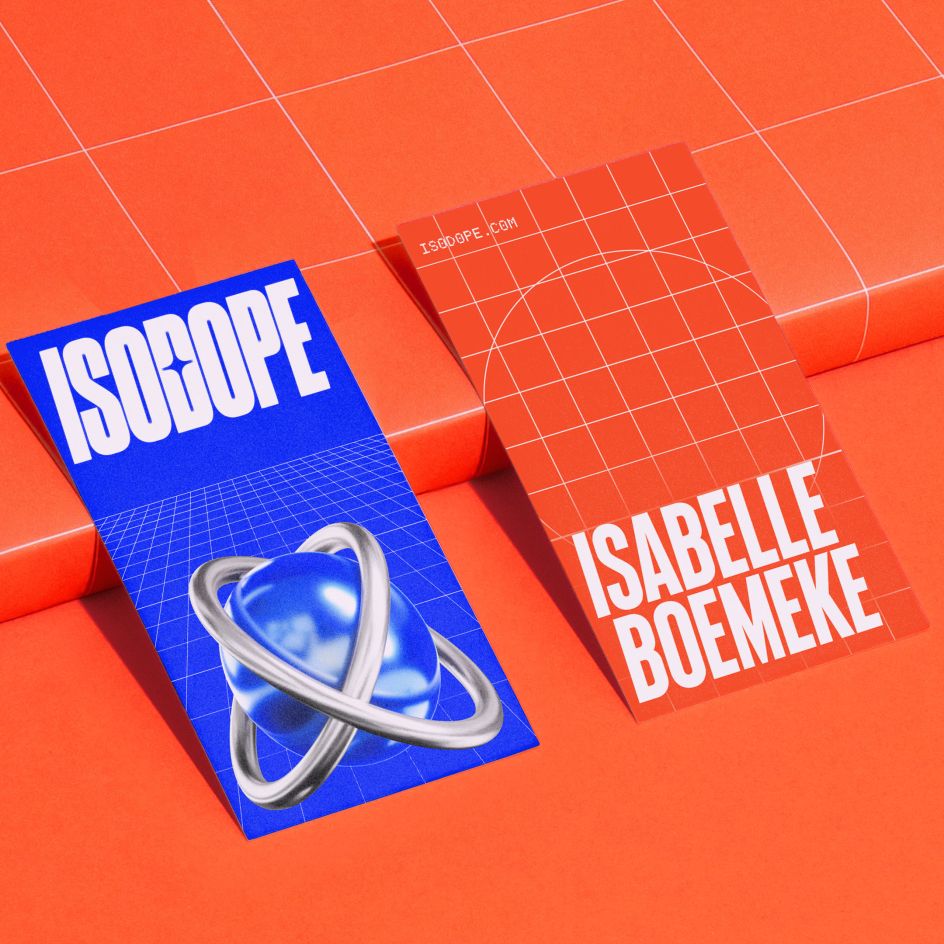
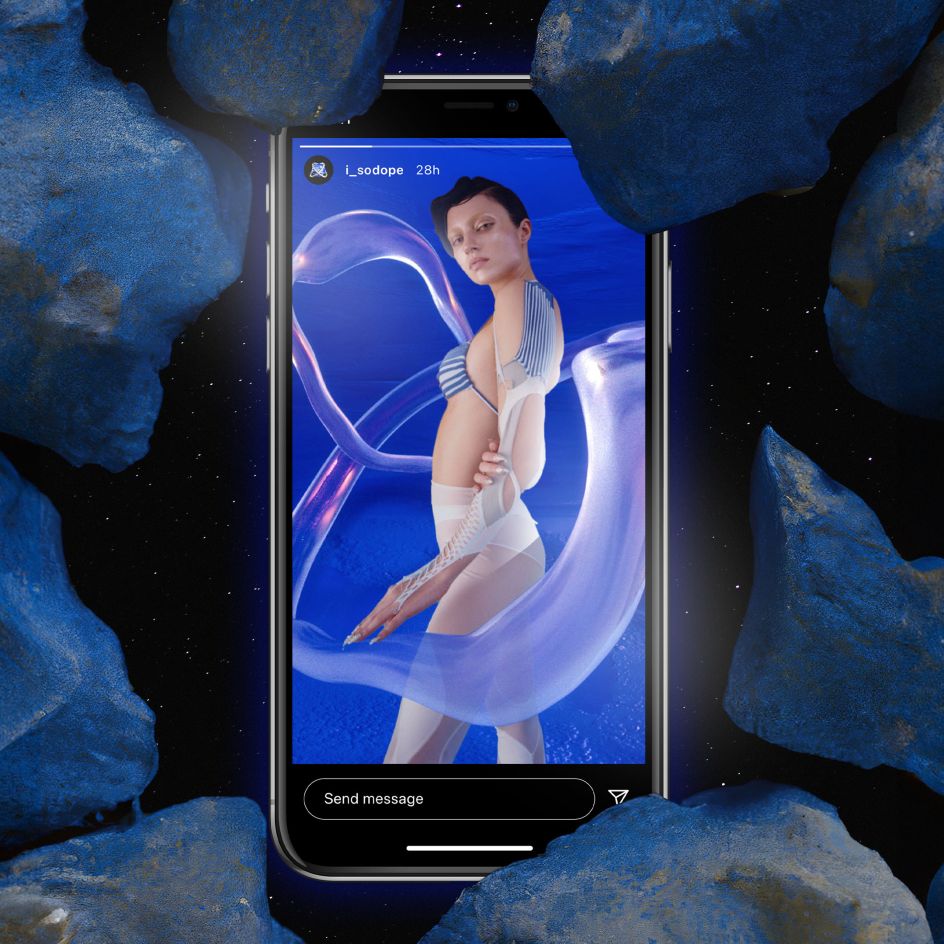
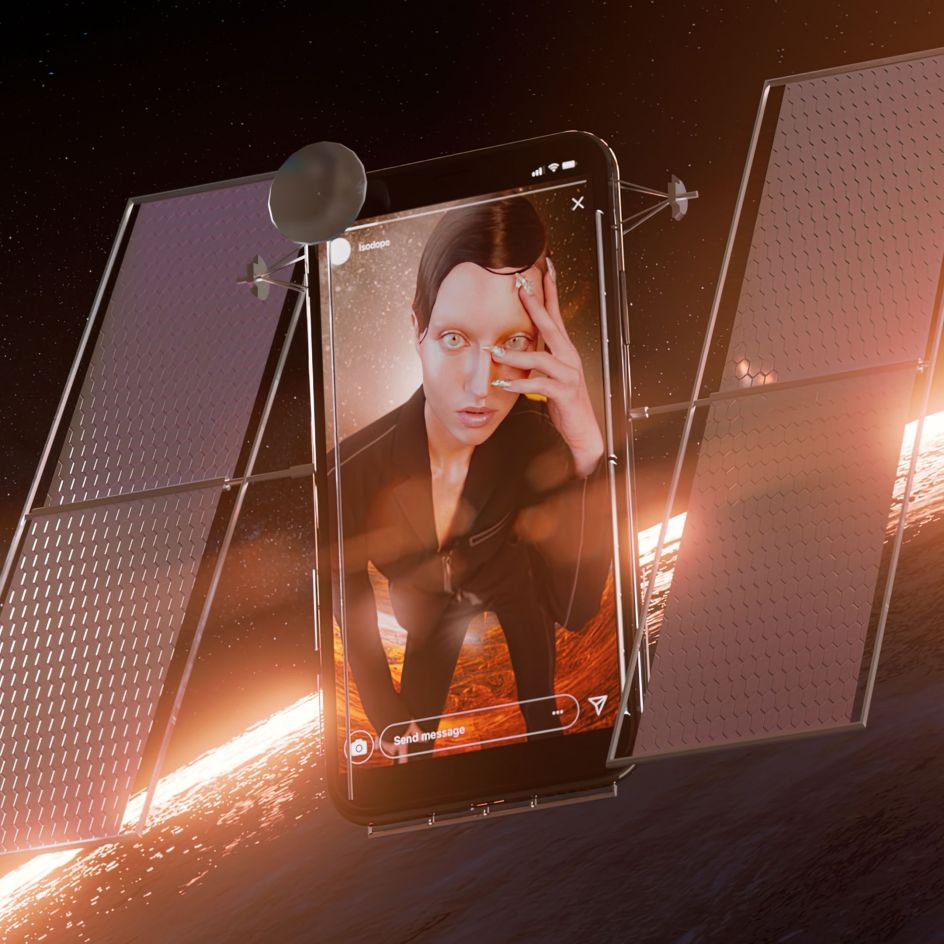
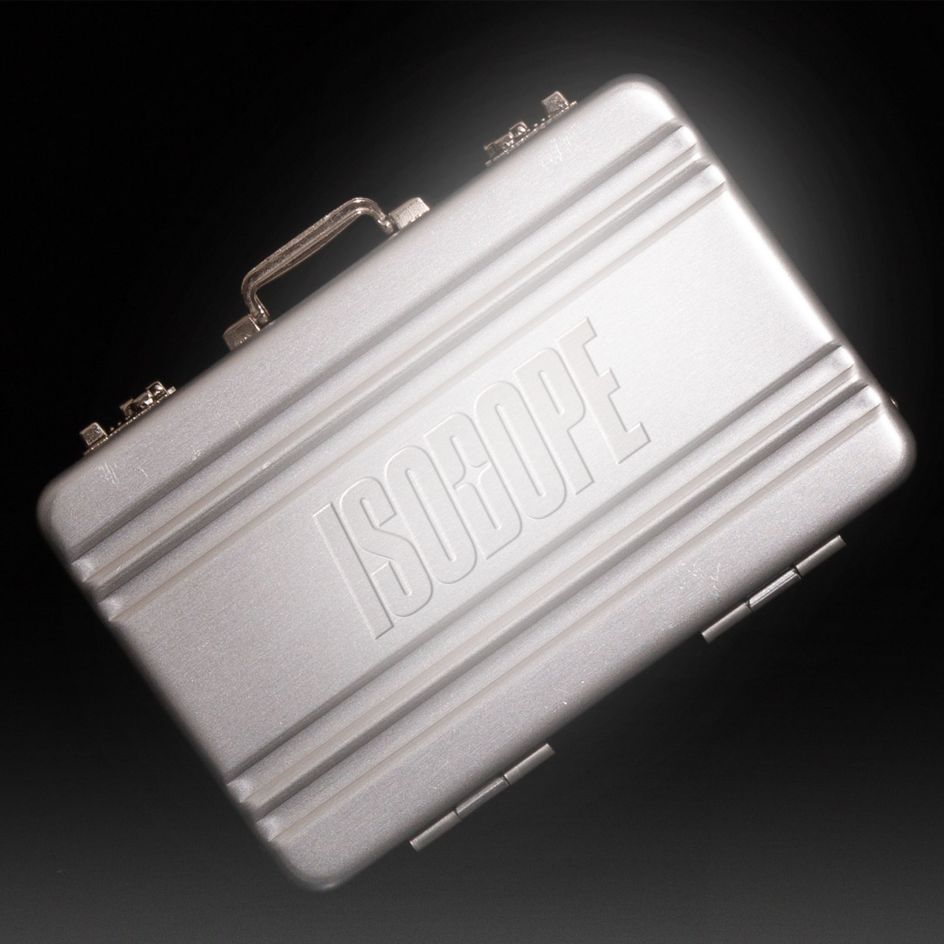
"DALL-E makes you more aware of the importance of expressing yourself correctly and organising your ideas when describing something," says Cris. "It's fascinating how a single word in the prompt can affect the final result generated by the software." While Lucas adds: "I'm pretty sure that AI image generation technology will be an essential part of any designer or artist's process in the future. There is no reason to fear that; it's just like any other tool. AI can take much tedious work with complex software off our plates, so we are free for more creative activities!"
Not everyone in the creative community agrees, but Jessica brushes off the criticism. "There will always be backlash whenever a tool threatens people's jobs," she argues. "But the reality is that AI is already here, and it will continue to have an exponentially large presence in the creative world. So we can choose to ignore it and become outdated by it. Or we can choose to find creative ways to work with it and push our work further into territories that we couldn't have before, and help shape AI to be fair and equitable to artists through conversation."
Jessica points out that, back in the day, the invention of the computer and design software saw the same kind of backlash, with designers fearing it would take their jobs. "But really, it just eliminated a lot of the tedious work and expensive barriers in design; and ushered in a new wave of creatives who couldn't have dreamed in the past to be a designer due to the expensive tools, where they lived, or the intense training and time required to master the craft. This turned out to be an amazing thing for the design world, allowing in new voices and design styles that couldn't have ever been possible pre-computer."

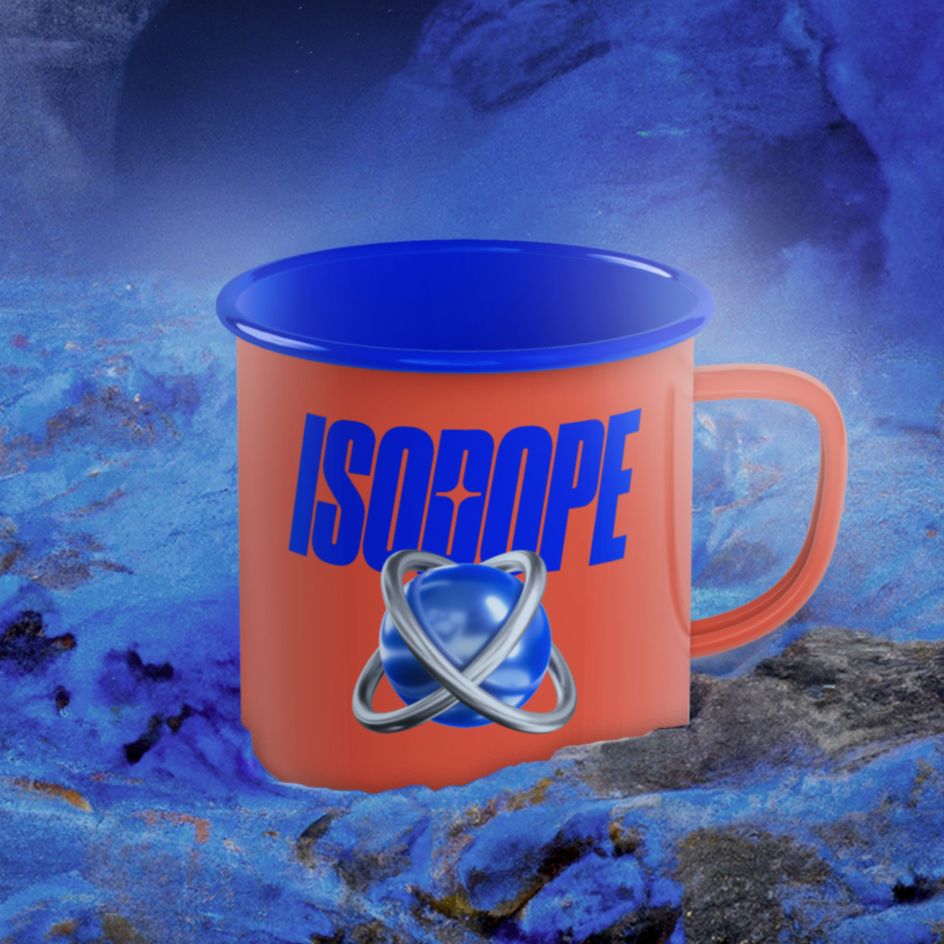

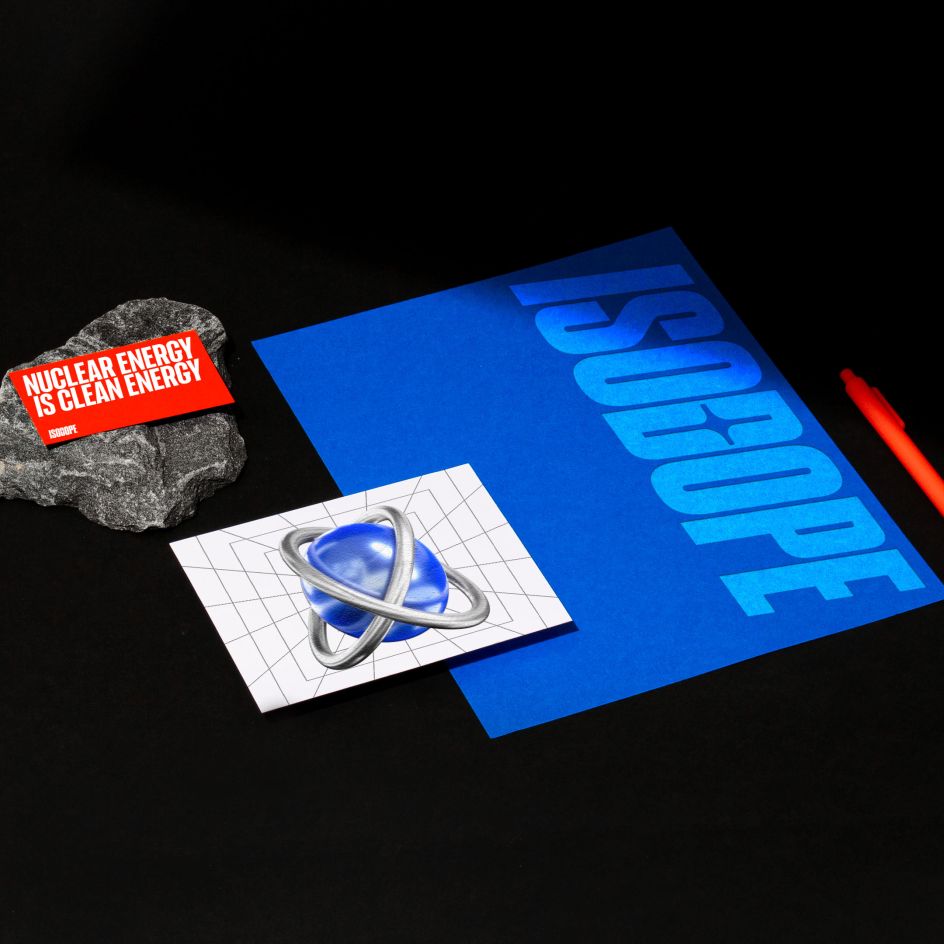
AI will do the same thing, she believes. "It will democratise creativity and entrepreneurship in a way we never imagined as it becomes easier, cheaper, and more accessible to make things. Do you know AI tools are being developed to generate apps and websites? That's so exciting! Anyone can have an idea and make it come to life without the barriers of time, money, connections or location. You can see that as a negative, or you can see that as a positive; imagine the possibilities of what we can create to help humanity and who can be a part of that once we fully embrace these tools.
"I'm someone with lots of big ideas for companies, products, or creative outputs," she adds. "But I often feel limited by how expensive or time-consuming it is to launch an app, make a photoshoot, etc. And I'm someone with more privilege and resources than most designers. So I am extremely excited by AI and what it can do. As this technology is still in the early days for creatives, we can't ignore the risks it may have on current artists' work. However, I am confident that we will quickly find solutions and that AI will ultimately provide more equity than we have ever seen before."
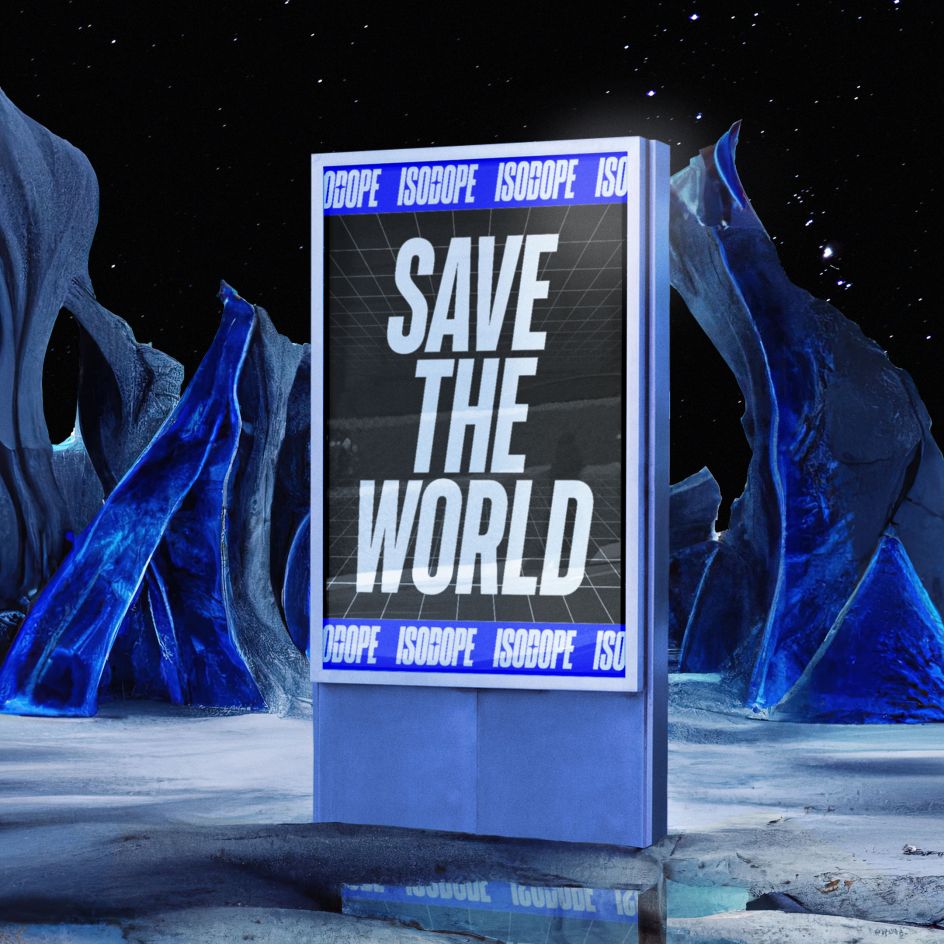
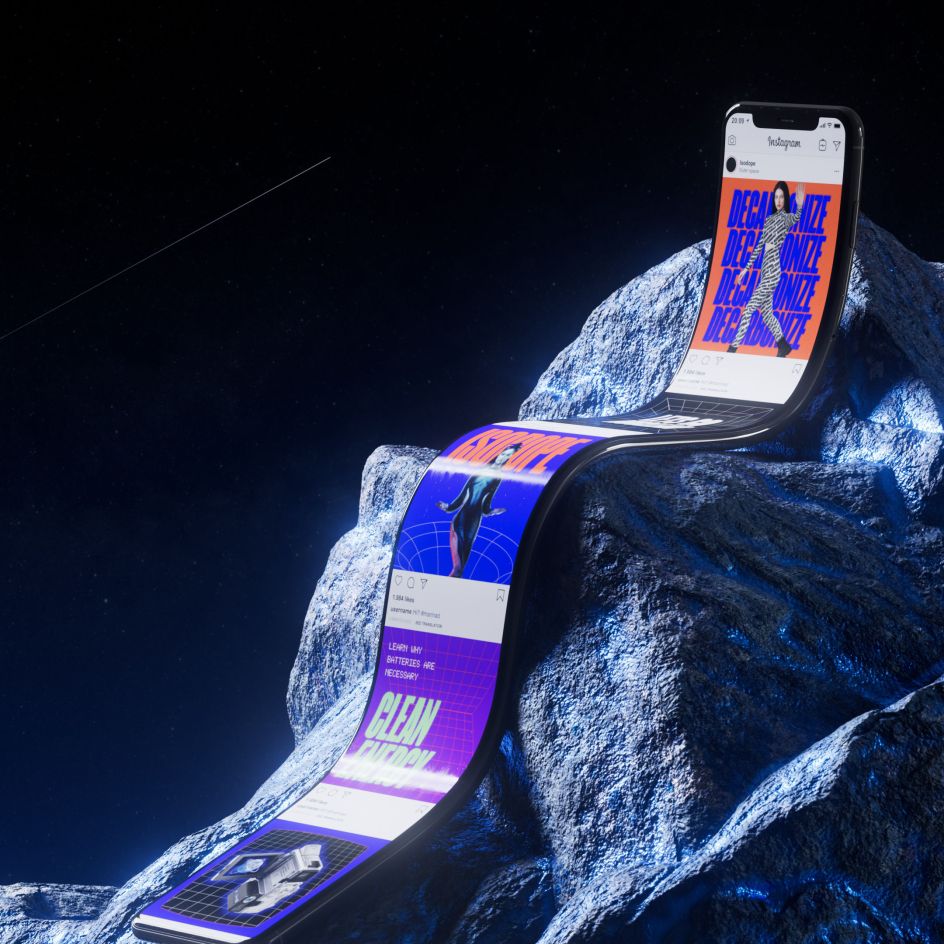
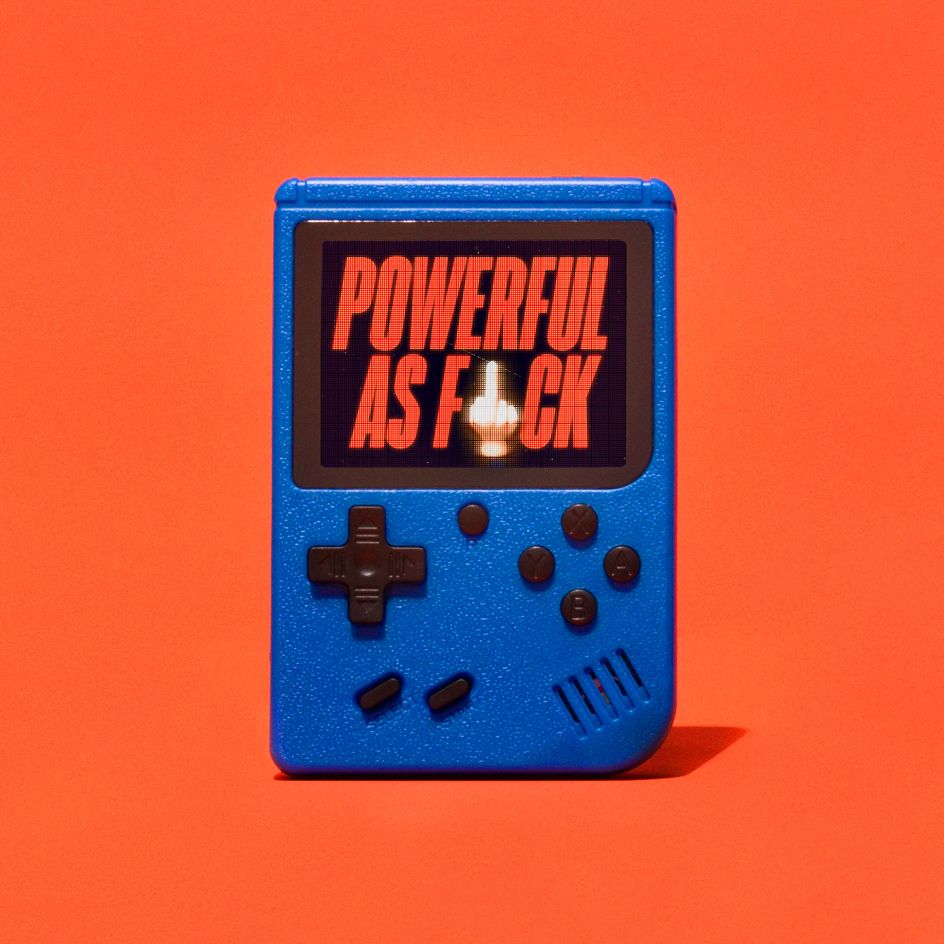
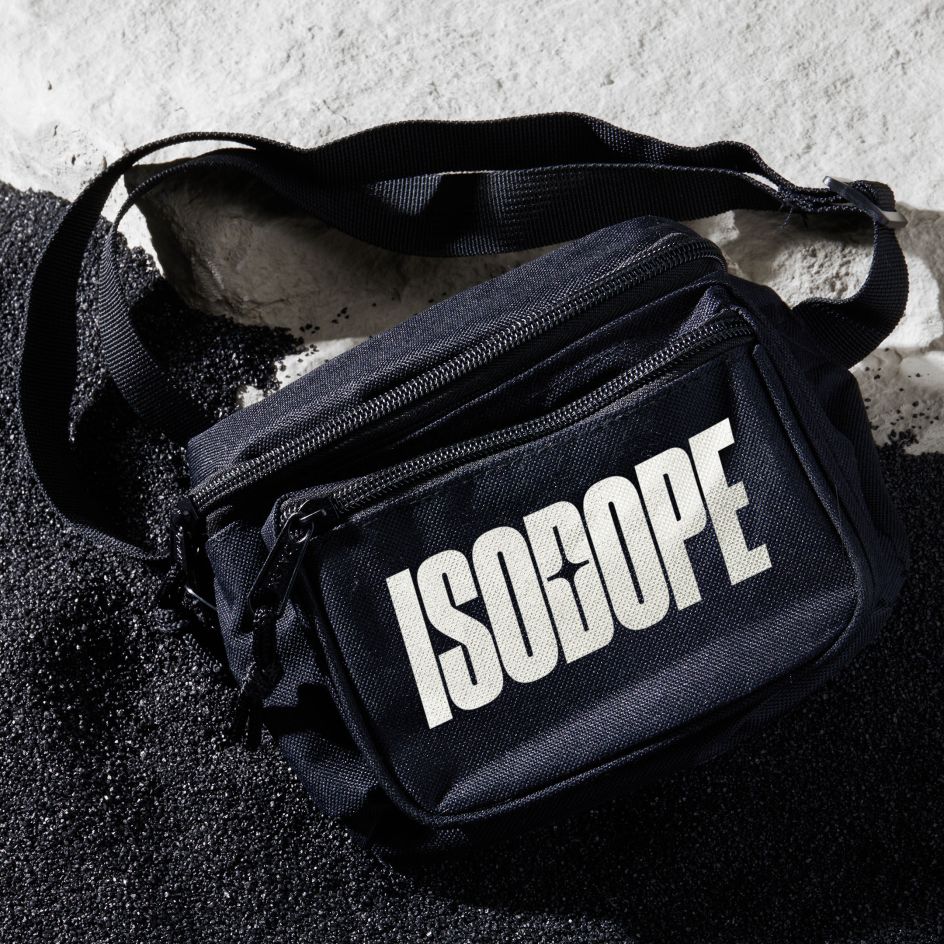
That doesn't mean, though, that you have to jump on the AI train. "Listen, there's always going to be room for people who master their craft even if it's in old technology like letterpress or silkscreening," says Jessica. "In the future, I believe that doing entirely manual work with drawing and design tools like InDesign and Illustrator will be like working in letterpress or silkscreening; you can do it and still find success with it, but most people will have moved on. My guess is that these tools will merge with AI so creatives can further manipulate the AI outputs."
Ultimately, she believes DALLE is a design tool like any other. "If you just play with it for an hour or two without the experience or knowledge of how to shape and push the tool, you won't get much out of it. You have to learn how to speak to it, in its own language, to push it towards somewhere interesting."




 by Tüpokompanii](https://www.creativeboom.com/upload/articles/58/58684538770fb5b428dc1882f7a732f153500153_732.jpg)

 using <a href="https://www.ohnotype.co/fonts/obviously" target="_blank">Obviously</a> by Oh No Type Co., Art Director, Brand & Creative—Spotify](https://www.creativeboom.com/upload/articles/6e/6ed31eddc26fa563f213fc76d6993dab9231ffe4_732.jpg)









